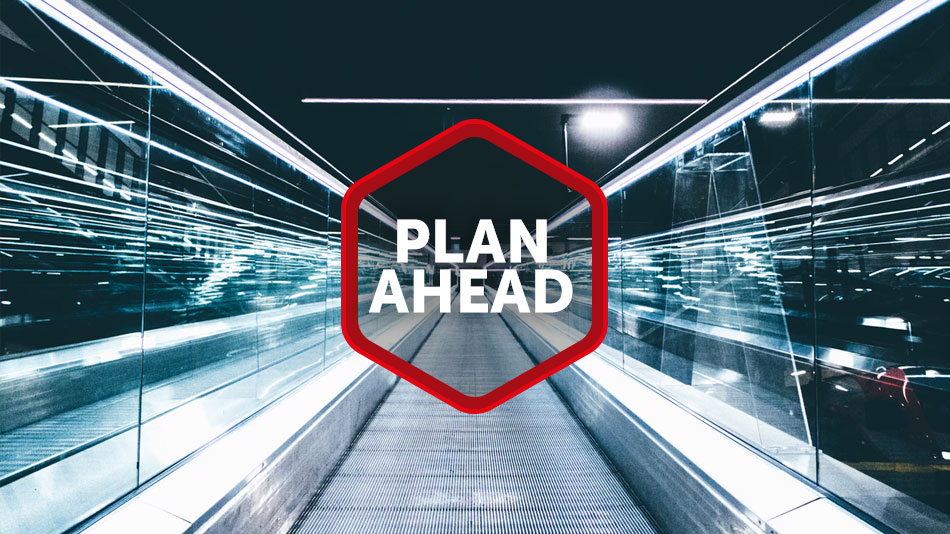Big change is ahead. Time to start your planning.
2018 has shaped to be another year of change for the fleet industry. It has probably left you and your board with even more questions that you had at the start of the year. At a recent Fleet Industry event the topics being discussed were varied but more and more people kept coming back to fleet electrification, driver safety, autonomous driving, fleet policy and fleet cost.
Fleet electrification has been a hot topic for 2018 and it will ramp up in 2019. There is understandably a lot of debate over technology and the impact of change from diesel and petrol powered fleets to electrified fleets. How to change, when to change or do we need to change are typical questions. The answers are quite clear for us – it is a matter of aligning your 2019 fleet strategy with the changing landscape.
Time to change
We have a suite of tools designed to benchmark your current situation across all areas of fleet. We then deliver your road map for the future and ensure your fleet policy is optimised and delivers efficiencies you expect.
How we help
With over 30 years of global fleet knowledge under our belts we know where to begin and how to maintain momentum. As you can imagine, to redefine a global fleet policy takes time, energy, commitment and internal stakeholders at all levels. A brief summary of how we start the process:
- Benchmark. We help you bring together all the relevant departments. Fleet, Human Resources, Purchasing, Sales, and Finance all have input and expectations to consider and results to benchmark. The fleet policy bridges the gap between each area’s expectations.
- Building a robust plan. This is starting point for the road map. Your goals should include creating economies of scale, standardising processes, identifying optimal methods for each fleet function throughout the process chain, identifying issues, taking advantage of synergies, and establishing effective service-level agreements. If you have a road map in place, we would be happy to be your sounding board to ensure best practice.
- Additional functions. This is where our insights and transparency come into play. A global fleet policy covers many components. International and local issues, funding, insurance, fuel and maintenance, details of negotiated discounts, local/global rebates and domestic incentives, discounts to name but a few.
- Develop an implementation plan. Relevant departments should be clearly defined and communicated to. Committee members’ roles and responsibilities, performance expectations, and working relationships should be considered.
- Stick to best practice and measure success. We help identify and develop best business models. We know how to re-engineer strategies and other practices for streamlining your day-to-day business and internal policies, procedures, and processes. We then return to the baseline and measure performance against the benchmark. This evaluation serves as a barometer to compare and measure performance against goals over time.
HANS DAMEN
“As we enter 2019, this will undoubtedly be a big year of change for fleet operators, leasing companies and vehicle manufacturers. We will be there to help you out along the journey.”




